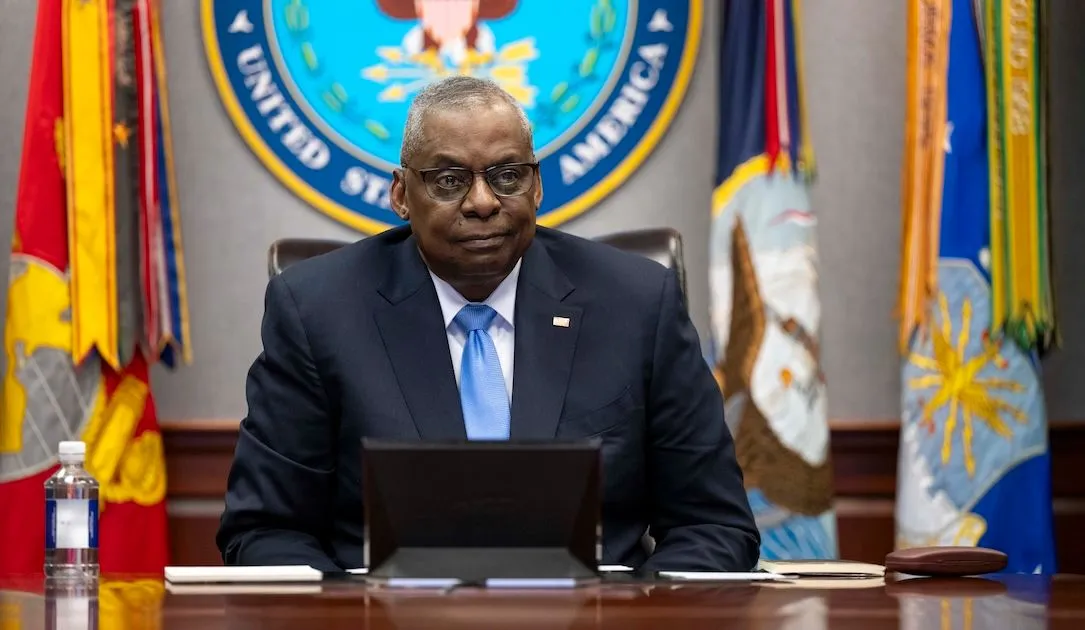Defense Secretary Lloyd Austin has recently given his approval for a restructuring of U.S. Cyber Command, a move that has sparked uncertainty about whether these changes will enhance the organization’s capabilities or withstand the impending Trump administration. This initiative, known as “Cyber Command 2.0,” was officially endorsed by Austin on December 18, as reported by sources who preferred to stay anonymous.
Last year, Recorded Future News highlighted the ongoing developments within Cyber Command, pointing out that several proposals were being considered to address longstanding issues such as readiness challenges and talent retention. General Timothy Haugh, the leader of both Cyber Command and the NSA, expressed his belief that this renovation was necessary to propel the organization forward and overcome past obstacles experienced since its inception in 2010.
Despite these efforts, insiders familiar with the process of devising Cyber Command 2.0 have indicated that the final recommendations may not fully align with the ambitious goals initially set out for the review. Instead, the changes appear to be more incremental, reflecting minor adjustments to the command’s existing operations. The timeline for unveiling the assessment’s outcomes to the public remains unclear at this point.
Prior to receiving Austin’s approval, General Haugh briefed the Joint Chiefs of Staff on the 2.0 strategy at a high-security meeting in the Pentagon, referred to as the “tank,” on November 22. It is expected that an implementation plan, along with necessary resources, will be submitted to the Department of Defense within 180 days of the review getting the green light. This plan will be overseen by Haugh and Michael Sulmeyer, Austin’s top cyber adviser, who will be succeeded by Ashley Manning after Sulmeyer departs at the conclusion of the Biden administration.
However, the impending change in leadership due to the transition of power to President-elect Donald Trump raises uncertainty about the future of Cyber Command 2.0. The timing of Austin’s endorsement, coming shortly before the end of the current administration, could potentially lead to a reevaluation or even reversal of the entire initiative by the new DOD leadership.
Official spokespeople for both the Pentagon and Cyber Command have refrained from commenting on these developments at this time. As the situation continues to evolve and with a new administration set to take over, the fate of Cyber Command 2.0 remains to be seen. The effectiveness of these restructuring efforts in enhancing the U.S.’s cyber warfare capabilities will hinge on the ability of the organization to adapt to new leadership and changing priorities in the coming months.
